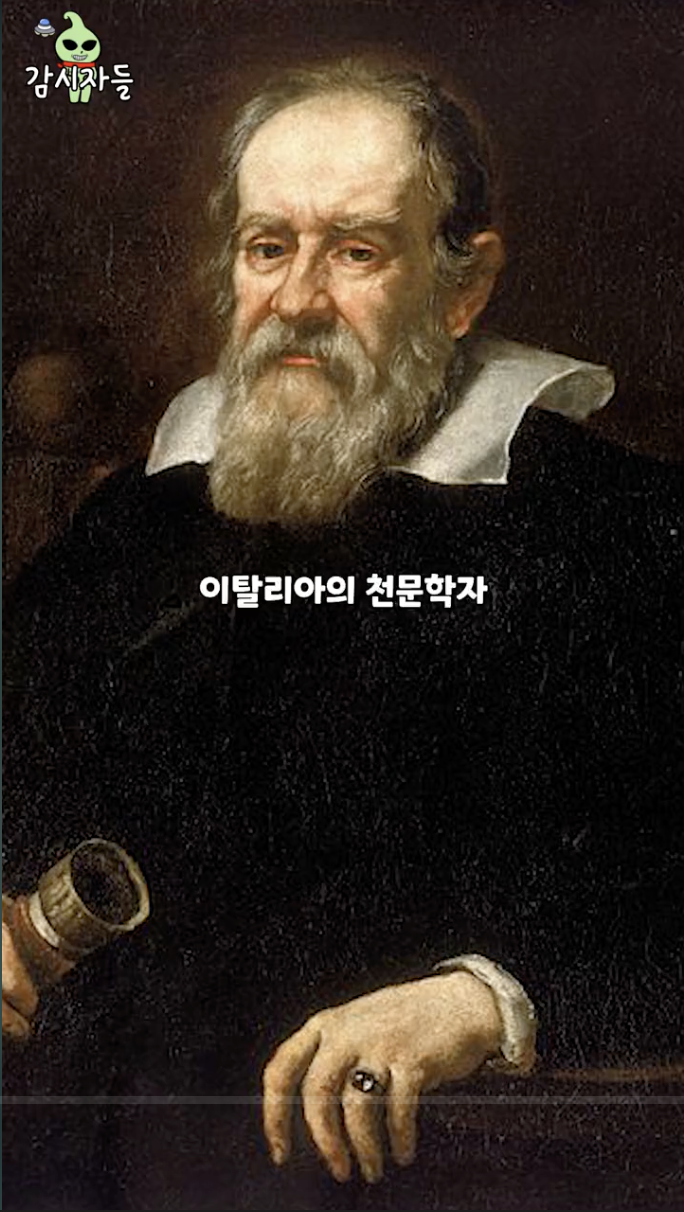
Did the Italian astronomer, physicist, and mathematician Galileo Galilei claim to have found a way to breathe underwater? No, that's not true: the claim speculates that Galileo found a chemical compound that would allow water to be converted into an oxygen-rich liquid to breathe, but there is no historical evidence the 17th-century scientist made such a discovery. Total liquid ventilation remains a theoretical technique even today.
The claim appeared in a video (archived here) where it was published on TikTok by @observers_ on January 30, with a caption reading:
Galileo Galilei, who left varied achievements as Italy's astronomer, physicist and mathematician, is said to have known how to breathe underwater.
This is what the post looked like on TikTok at the time of writing:

(Source: TikTok screenshot taken on Wed Jul 12 15:25:19 2023 UTC)
The video explains that Galileo did not share his discovery with the world to prevent it from being misused for malicious purposes and speculates that he might have found a chemical compound called perfluorodecalin, which can dissolve gases and is currently used in various medical and industrial applications. The narration in the video claims that the mixture can "melt the oxygen found in water" and allow a form of breathing known as "liquid ventilation," in which respiration is enabled by inhaling oxygen-rich liquid instead of air through the use of perfluorochemicals like perfluorodecalin. However, total liquid ventilation remains an experimental concept under the most controlling and advanced research conditions.
Authoritative sources on Galileo's biography, including the Encyclopaedia Britannica, make no mention of his work or discoveries regarding underwater breathing.
Instead, drawings for an underwater breathing system were found in the notebooks of Leonardo Da Vinci, an Italian polymath whose life predates Galileo's. The devices in the drawings look similar to a snorkel mask, with a long tube connecting the diver's mouth to the atmosphere. There is no mention of perfluorochemicals in Da Vinci's notebooks.
The mix-up seems to have originated from a slew of mysterious online posts that purported to list "shocking facts unknown to the average person" that was popular in the early 2010s, according to an article by Voice of the People, an online newspaper.













